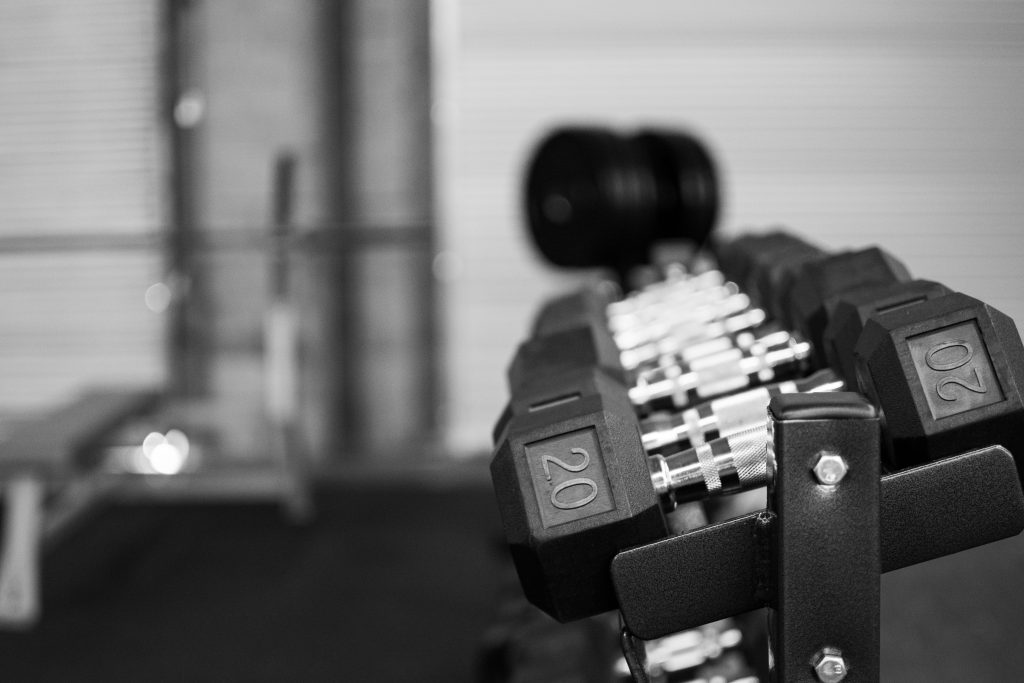
Blood flow restriction training lifting technique that is gaining popularity. It is sometimes called occlusion training but most commonly abbreviated as BFR. It is a lifting technique that is used to get stronger muscles without using ultra-heavy weights.
BFR has a lot to do with the body’s circulatory system. Let’s talk about the circulatory system for a second. Your arteries carry oxygenated blood away from your heart to the rest of your body, while your veins carry deoxygenated blood from your body back to your heart. During blood flow restriction training, a specialized cuff is used. It is a cuff that looks a lot like the cuff a doctor uses to check your blood pressure. The cuff is wrapped around your arm near the shoulder or around your leg near the hip. The job of the cuff is to cut off blood flow from the limb, but not completely, while reducing the amount of oxygen available to the muscles.
So how does cutting off blood supply really help your muscles when your muscles actually need the oxygen?
When you lift heavy weights, your muscle fibers have to work hard. During this strain on them they actually quickly become depleted of oxygen. This metabolic stress is one of the reasons why lifting weights makes muscles grow. By using lighter weights and the cuff, you mimic that limited-oxygen environment–it essentially tricks your brain.
One 2017 study published in the International Journal of Exercise Science, for instance, found that during BFR, lifting just 20 percent of your one-rep max can result in “significant improvements in muscular strength.”
Who does it benefit?
BFR training can benefit a large range of people. It is great for those that want to preserve their knees and joints. It is great for people that are coming back into training after an injury. It is great for people with limited access to heavyweights. It is also great for people that have osteoporosis.
BFR training is not good for those that have a history of a blood clot, clotting disorders, cardiovascular disease, or circulatory issues.
BFR training is best to learn under the supervision of a physical therapist or another certified expert. Being monitored reduces the chances that you’ll completely cut off blood flow or cause any nerve or muscle damage. It is then that the expert can then decide if BFR is a training method for you to try.





